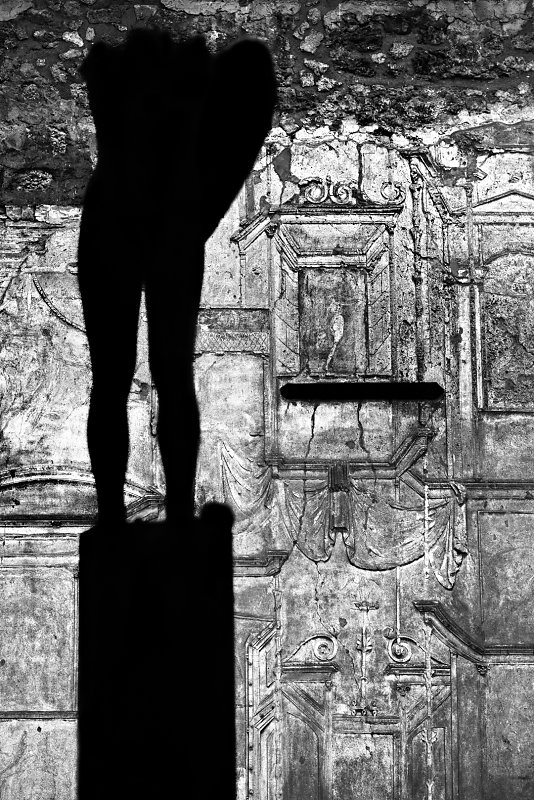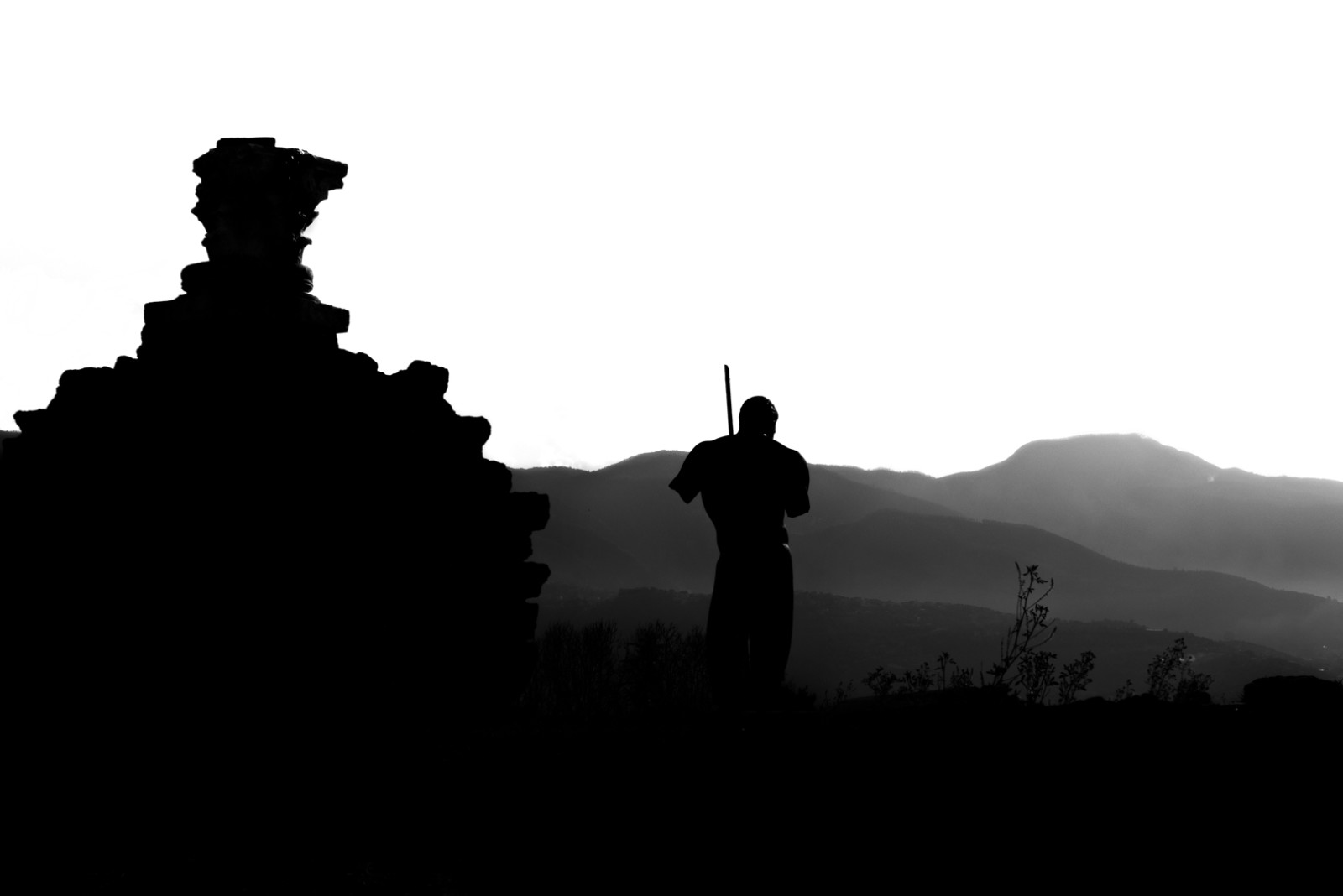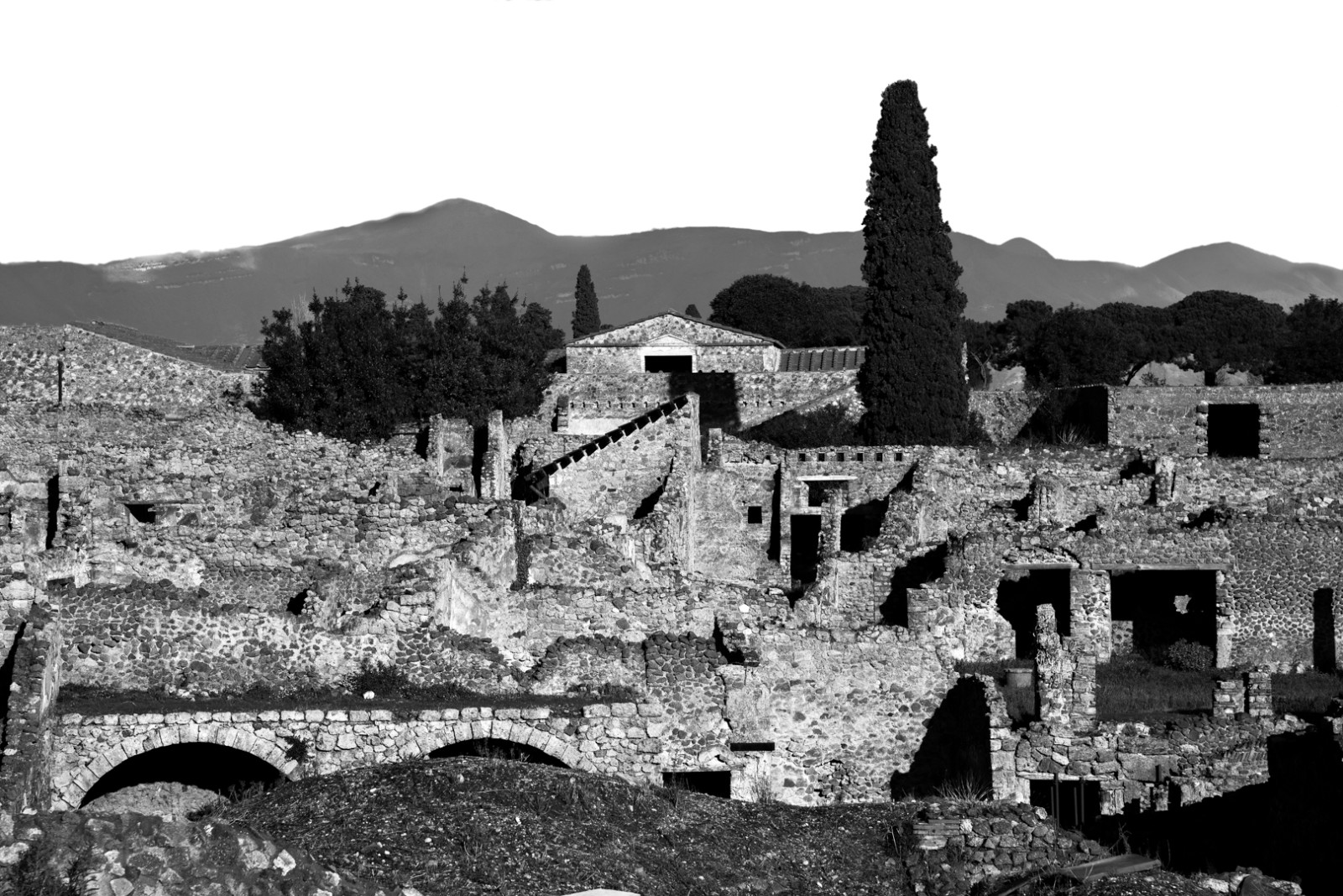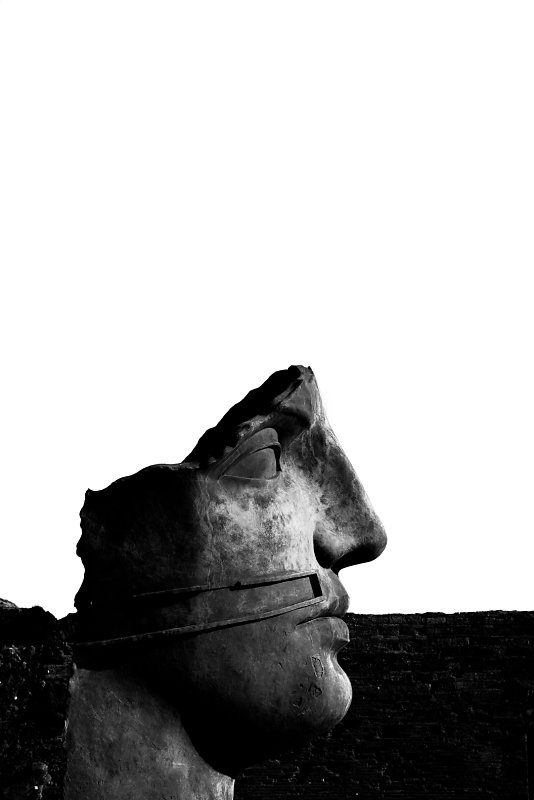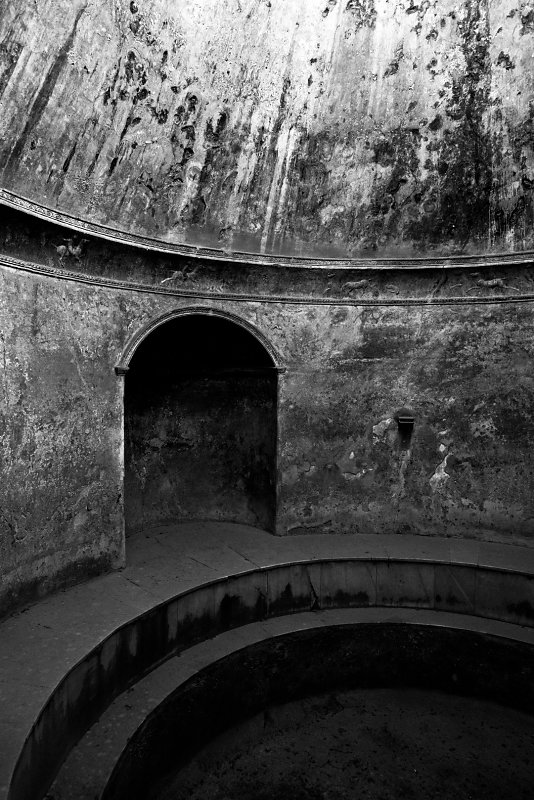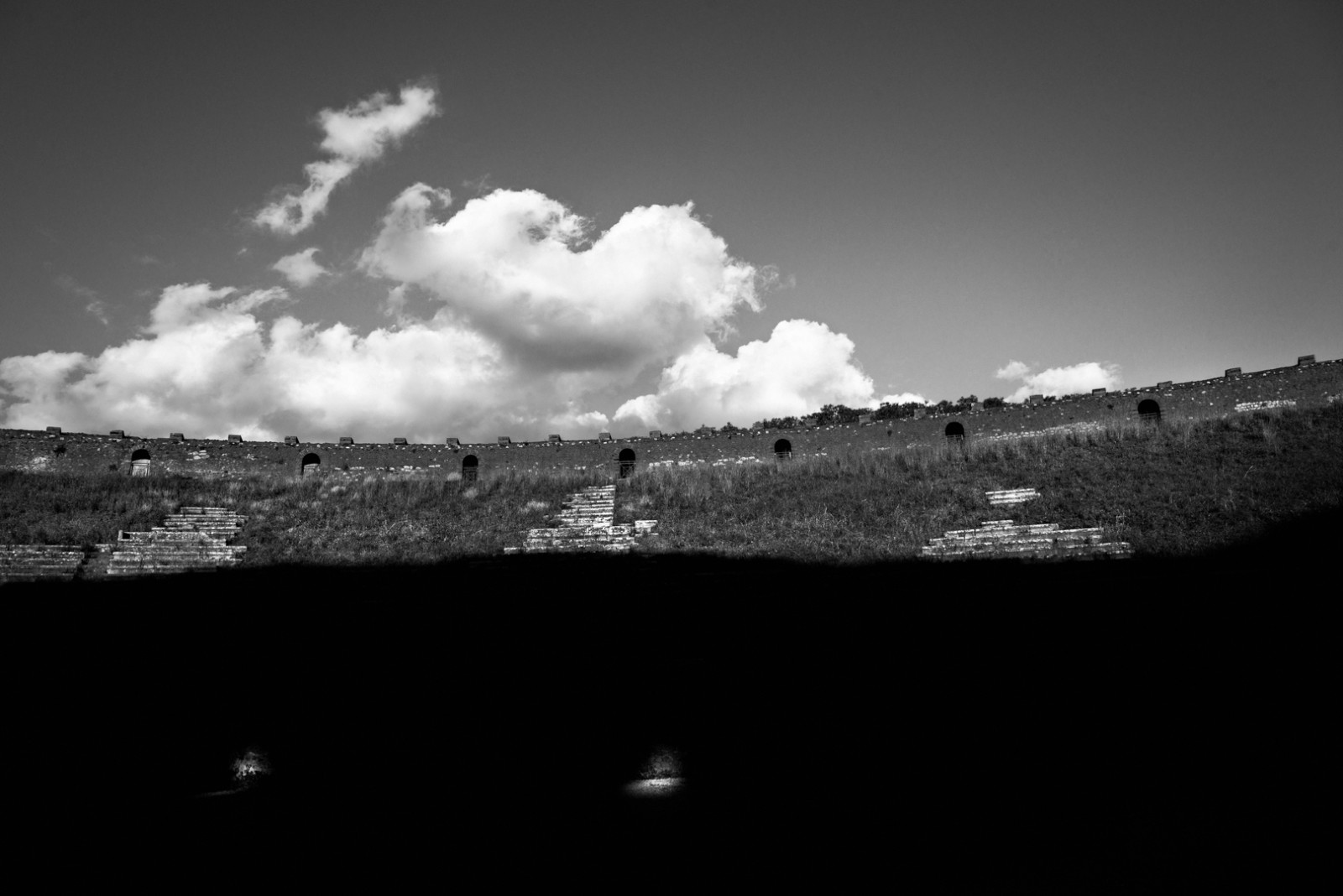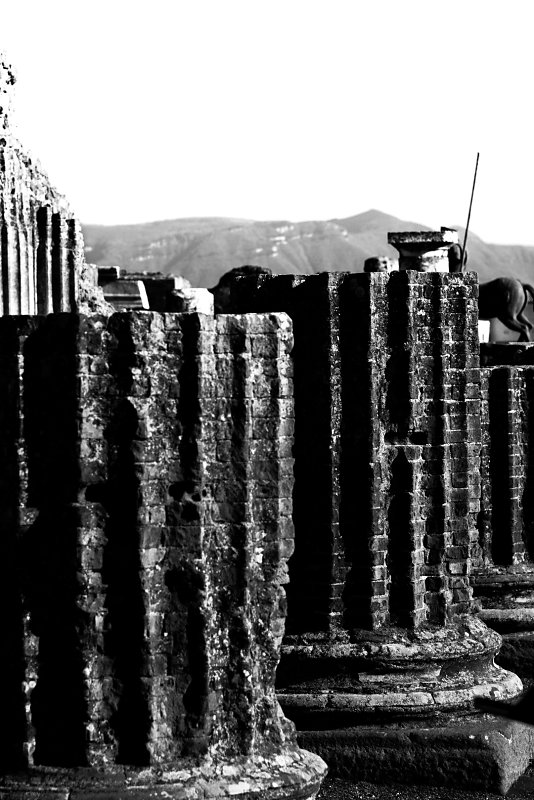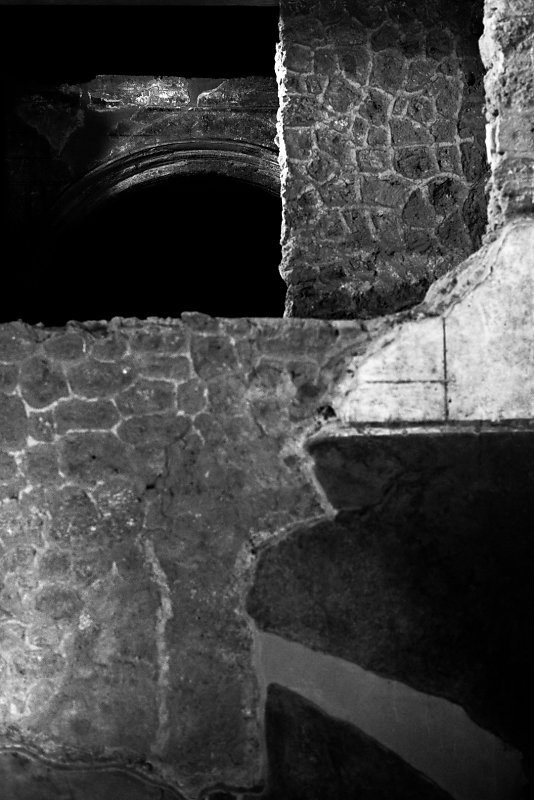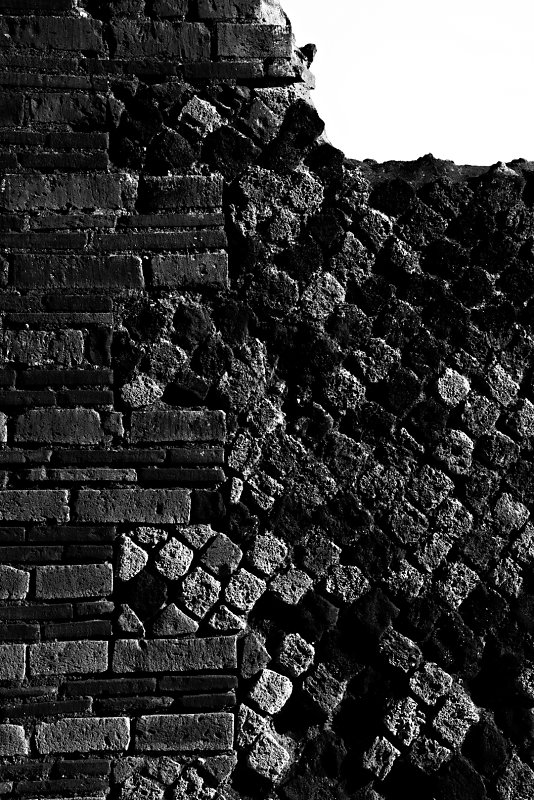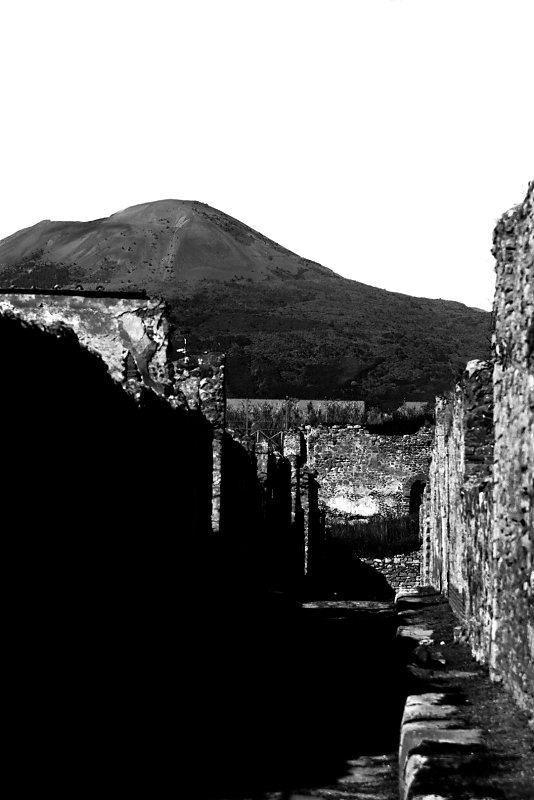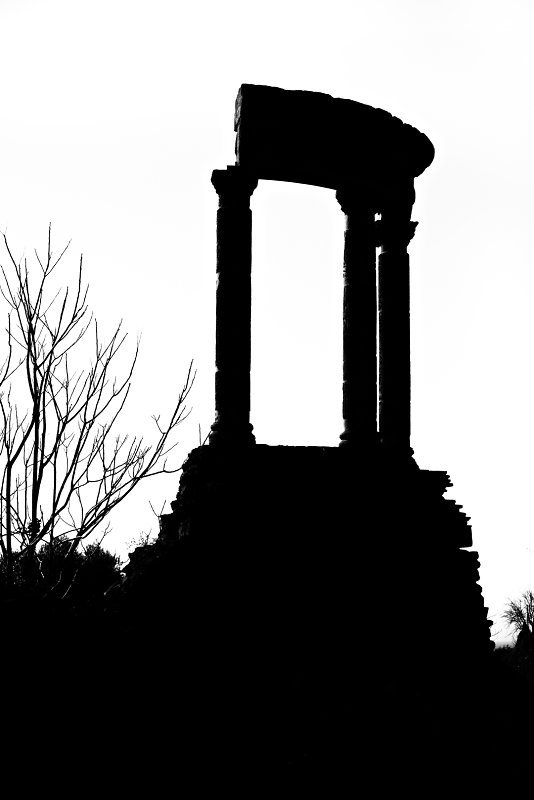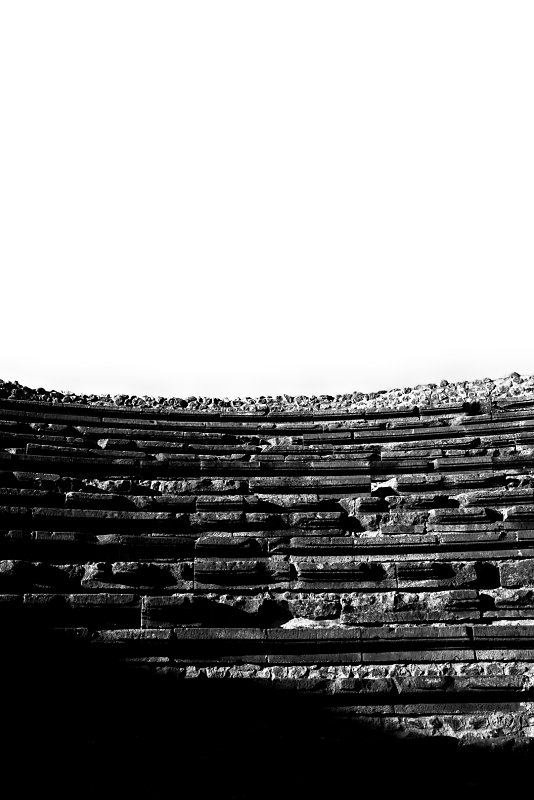POMPEII
ENG
“In Italian we say «conoscere a memoria» or «conoscere a mente». The French say «connaître par coeur», the British: «to have by heart». What should I deduce? Is Italian more ‘mental’ than French and English?
Anyway, we appreciate the French form that is to say what we know by heart, without the need for intermediate tools or documents, we know it «through the heart», i.e. we love it; as if to remember is to love – as it is indeed. English is, in this sense, even more accurate, because to have by heart literally means that the thing we remember we keep it in our heart.”
[A. Savinio, Nuova enciclopedia, Milano: Adelphi, 1977]
Keeping in mind this thought by the famous Italian writer Alberto Savinio (1891-1952), I conceived this project on the Ancient Roman city Pompeii. The Ancient Pompeii was mostly destroyed and buried under a volcanic ash and pumice in the eruption of Mount Vesuvius in AD 79 and then buried for almost 1700 years; only from the 17th century the ruins of the ancient city have been brought to light. Pompeii stands young as if by magic. It is simultaneously history, eternal present and unchanged and petrified future.
ITA
“Noi italiani diciamo «conoscere a memoria» oppure «conoscere a mente». I francesi dicono «Connaître par coeur», gl’inglesi: «To have by heart». Che dedurre? che l’italiano è più ‘mentale’ del francese e dell’inglese? Piace in ogni modo la forma francese, che la cosa che noi conosciamo a memoria, ossia senza bisogno di strumenti o documenti intermedi, la conosciamo «per mezzo del cuore», ossia l’amiamo; quasi il ricordare sia amare – come infatti è. Anche più preciso in questo senso l’inglese, perché to have by heart letteralmente significa: «Avere nel cuore», cioè a dire che la cosa ricordata noi la custodiamo nell’organo stesso degli affetti”
[A. Savinio, Nuova enciclopedia, Milano: Adelphi, 1977]
È stata una riflessione dello scrittore Alberto Savinio (1891-1952) ciò che ha ispirato la mia ricerca fotografica su Pompei.
La città di Pompei fu colpita, nel 79 d.C., dall’eruzione del Vesuvio che la seppellì sotto una coltre di materiali piroclastici che ne determinò la fine per poi rimanere sepolta per quasi 1700 anni; solo a partire dalla fine del XVIII secolo sono stati riportati alla luce i resti dell’antica città romana.
Pompei oggi, quasi per magia, sembra giovane, è storia ma anche presente e futuro, immutato e pietrificato nel tempo.
